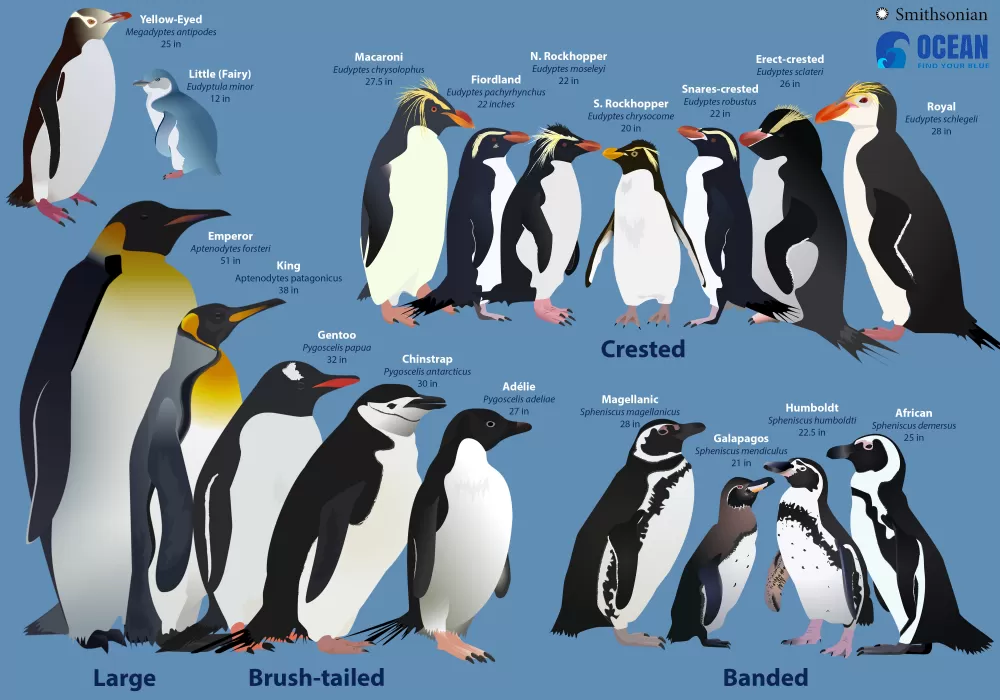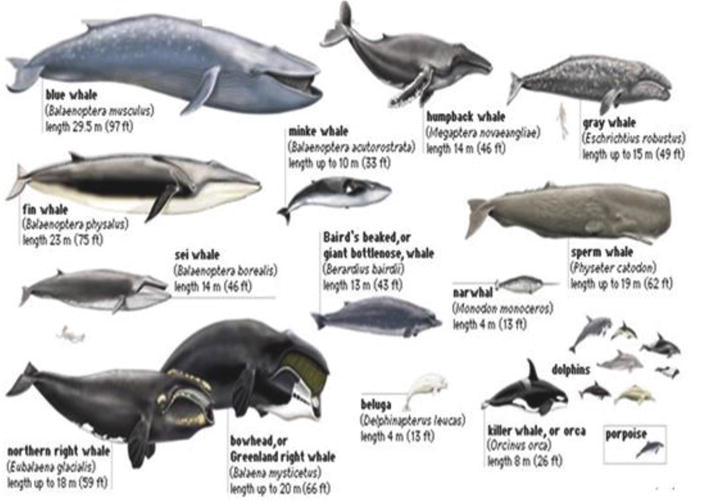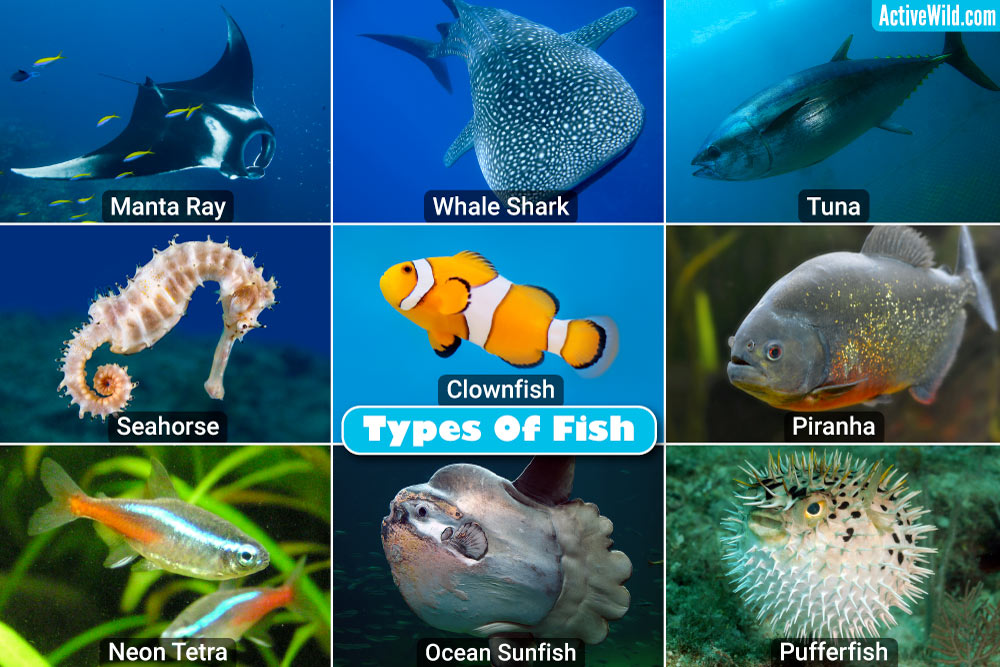Get to Know the Adorable Penguin Family: A Guide to Different Penguin Species
Meet the Adorable Penguin Family ===
Penguins are some of the most beloved and iconic animals in the world. These flightless birds are known for their distinctive black and white feathers, waddling walk, and playful personalities. But did you know that there are actually 18 different species of penguins? Each with their own unique characteristics and habitats. In this article, we will take a closer look at the adorable penguin family and explore the fascinating world of these aquatic birds.
===A Guide to Different Penguin Species ===
Before we dive into the specifics of each penguin species, let’s first get to know the basics. Penguins are found in diverse habitats, ranging from the icy Antarctic to the tropical Galapagos Islands. They are classified as birds, but they have adapted to life in the ocean, with their wings evolving into flippers for swimming. These charismatic creatures have captured the hearts of people all over the world and have become a popular subject in movies and books.
===Introducing the Flightless Birds ===
One of the most unique features of penguins is their inability to fly. This adaptation has allowed them to become excellent swimmers, with some penguin species able to dive up to 1,800 feet below the surface of the water. Their streamlined bodies and dense feathers help them navigate through the water with ease. However, this also means that they are vulnerable on land, where they are slow and clumsy.
===From Emperor to Little Blue ===
The largest penguin species is the Emperor penguin, standing at an impressive 4 feet tall and weighing up to 90 pounds. These majestic creatures live in the harsh Antarctic environment and are known for their distinctive black and white plumage. On the other end of the spectrum, we have the smallest penguin species – the Little Blue penguin, also known as the Fairy penguin. They grow to only 16 inches tall and weigh around 2 pounds, making them one of the smallest bird species in the world.
===Discovering the World of Penguins ===
Penguins can be found in various climates, from the icy Antarctic to the warm Galapagos Islands. Some species, such as the Gentoo and Chinstrap penguins, live in the colder regions of Antarctica, while others, like the African and Galapagos penguins, inhabit more temperate areas. This diversity in habitats also means that each species has adapted to different environments and has unique physical and behavioral characteristics.
===What Makes Penguins Unique? ===
Apart from their flightless nature, penguins have many other unique features. Their feathers are coated in a special oil that helps them stay waterproof and insulated in cold waters. They also have a gland near their tail that produces a salty solution, which they use to get rid of excess salt in their bodies. Penguins are also known for their distinct vocalizations, which they use to communicate with each other in their colonies.
===A Closer Look at Each Species ===
Let’s take a closer look at some of the most well-known penguin species. The Emperor penguin, as mentioned earlier, is the largest and one of the most iconic species, living in the Antarctic. The King penguin, with its vibrant orange feathers, is also a sight to behold. The Adélie penguin, known for its acrobatic skills, is one of the most abundant species in Antarctica. Other species, such as the Galapagos penguin, have adapted to warm climates and can be found on the equator.
===Habitats of the Penguin Family ===
Penguins have adapted to a wide range of habitats, from icy tundras to rocky coastlines. They often live in large colonies for protection and breeding purposes. Some species, like the Emperor and King penguin, nest on the ice, while others, such as the Rockhopper and Macaroni penguin, prefer rocky areas. The Galapagos penguin, the only penguin species found in the Northern Hemisphere, lives on the equator and has adapted to the warm waters by shedding their feathers for a more efficient cooling system.
===Diet and Survival Tactics ===
Penguins are opportunistic feeders, and their diet varies depending on their location. They mostly eat fish, krill, and squid, but some species also feed on crustaceans and other small marine animals. Penguins have a high metabolic rate, and they need to eat a lot to maintain their body temperature. They also have unique survival tactics, such as huddling together to stay warm in cold environments and using evasive maneuvers to escape predators.
===Mating and Parenting Habits ===
Penguins are monogamous and often mate for life. They have elaborate courtship rituals, with some species even presenting their mates with pebbles as gifts. After mating, female penguins lay one or two eggs, which they incubate for about a month. Both parents take turns incubating the eggs and caring for the chicks, with some species sharing parenting responsibilities equally.
===Conservation Efforts for Penguins ===
Unfortunately, many penguin species are facing threats such as climate change, overfishing, and pollution. Conservation efforts are crucial to protect these beloved creatures and their habitats. Organizations like the World Wildlife Fund and Penguin Foundation are working towards preserving penguin populations and raising awareness about conservation efforts.
===Fun Facts About These Feathered Friends ===
To wrap things up, here are some fun facts about penguins that you may not know. Penguins can swim up to 15 miles per hour, and some species can hold their breath for up to 20 minutes. They have an impressive sense of hearing, and they use their vocalizations to identify their mates and chicks among the crowded colonies. And lastly, penguins have a gland above their eyes that filters out saltwater, allowing them to drink seawater and survive in their marine environments.
===
Penguins truly are amazing creatures, with each species having its own unique characteristics and charm. They have captured the hearts of people all around the world and have become symbols of strength, resilience, and family. By learning more about these adorable birds, we can appreciate their importance in the ecosystem and work towards protecting them for future generations to enjoy.



